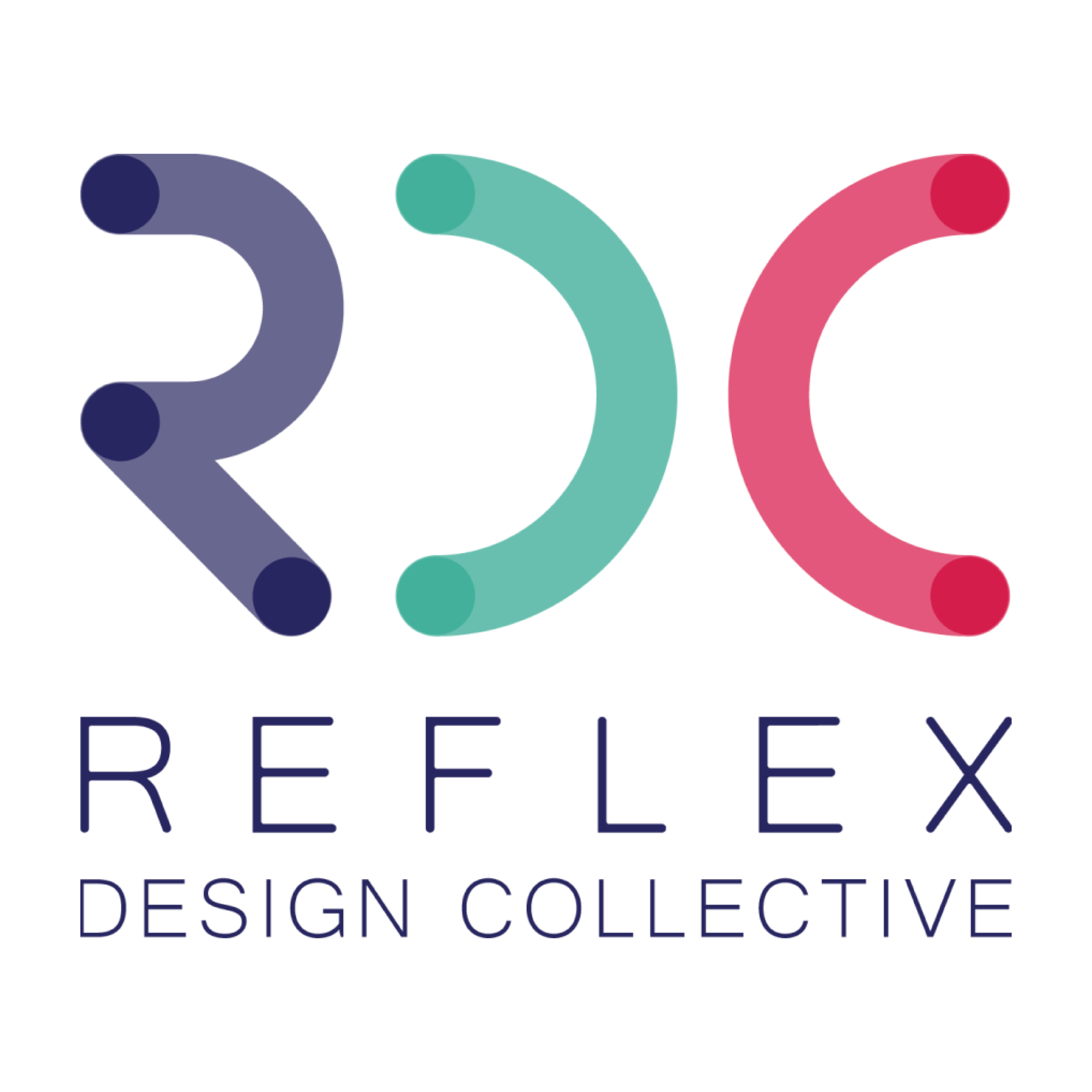Our Approach
At Reflex Design Collective, we understand that design is a political act. It is also a tool that can structure all types of creative problem solving—a process that any team must navigate in order to overcome anticipated and unexpected challenges alike.
However, traditional design thinking toolsets are not equipped to deal with the fundamental disempowerment at the root of systemic oppression. Our process changes that by making issues of power visible and tackling them head-on before the design process itself even begins.



